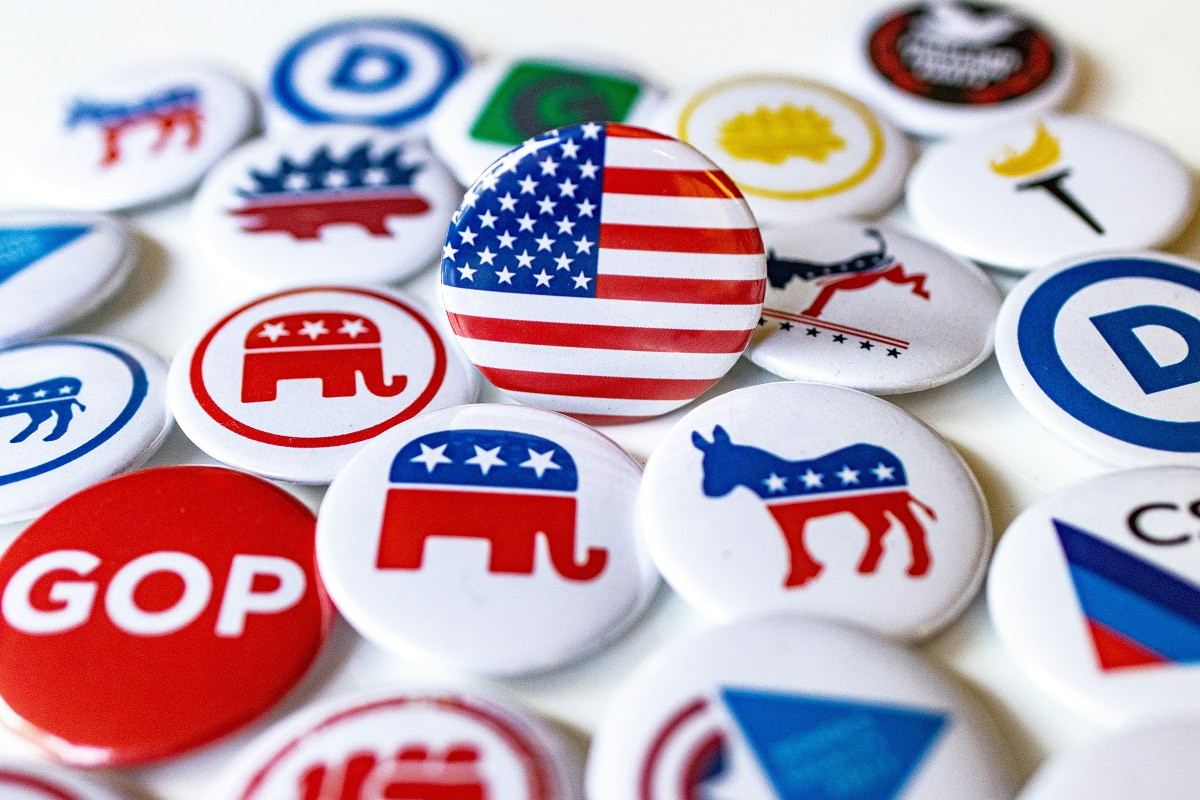With the US presidential race tightening, the future of American foreign policy appears unclear. The candidates diverge on key issues – including Iran, Israel, Ukraine, and NATO – and their foreign policy outlooks align with contrasting traditions: Trump, the interest-oriented Jacksonian-Jeffersonian, and Harris, seemingly, the values-driven Wilsonian.
The 47th president, however, cannot escape the enduring nature of international politics: whoever wins, international anarchy, as the IR theorists describe it, will persist. States will remain self-interested, and material power will reign supreme. By considering how these structural constraints narrow the winner’s choices – rather than how the winner might play the game – three election-proof bets on American foreign policy emerge.
The Indo-Pacific also contains America’s most precarious threat, China.
First, the Indo-Pacific will remain the most promising yet perilous region for Washington. The Indo-Pacific states currently account for 60 per cent of global population, the largest potential foreign market, and the plurality of US trade. The region also has the brightest growth prospects, and by 2050, is expected to contain four of the six largest economies.
Concurrently, the Indo-Pacific has the highest levels of foreign military spending – alongside the greatest concentration of flashpoints between major and nuclear-armed rivals: including the Taiwan Straits, the Korean Peninsula, the East and South China Seas, the India-China border, Kashmir, and the Kuril Islands.
The Indo-Pacific also contains America’s most precarious threat, China, which the Trump and Biden-Harris administrations broadly agreed “is the only competitor with both the intent to reshape the international order and, increasingly, the…power to [do so].”
While Moscow and Tehran may appear to be the immediate trouble, they possess fractions of Beijing’s capability. China has seven times their collective GDP, and over the last decade, the People’s Liberation Army has received twice the funding of Russian and Iranian forces (and without significant attrition).

Washington has partners capable of checking the threats posed by Moscow and Tehran. Its NATO allies command twelve times Russia’s wealth – along with larger and better funded conventional forces. Likewise, the Arab-Israeli “alliance” offers a comparable counterweight to Iran’s “axis of resistance”.
No such options exist to counter Beijing because it already holds clear economic and military advantages over Washington’s entire Indo-Pacific alignment portfolio.
Second, the Sino-American “struggle for Indo-Pacific mastery” will persist. Regions have four potential ordering arrangements: hegemony, where one power rules; concerts, where powers collectively manage affairs; multilateralism, where institutions empower all; and balances, where states compete to advance their self-interests. Regardless of who wins the US election, the Indo-Pacific is condemned to the latter.
Neither power can meet the threshold for hegemony. Washington currently holds a less-than-decisive advantage, but Beijing is expected to overtake by the mid-2040s. Even then, the projections suggest that slower-than-expected growth will preclude China from establishing a “meaningful lead”.
Nor are the powers likely to cede hegemony. For Beijing, kowtowing to Washington risks domestic backlash because President Xi Jinping and the Chinese Communist Party have staked their legitimacy on rejuvenating China. Conversely, deference is antithetical to America’s core self-interest: namely, preventing the emergence of a rival regional hegemon – who, without local threats, would be free to destabilise the Western Hemisphere.
Beijing favours Sino-centrism consistent with its historical preeminence, whereas Washington seeks a “Free and Open Indo-Pacific”.
Concerts require grand bargains, which the powers cannot reach. Taiwan breaks any deal because its alignment sets the regional balance, and its reunification is essential for China’s rejuvenation. Correspondingly, a concert would either necessitate Washington accepting an unbalanced Indo-Pacific or Beijing compromising on “the core of its core interests.”
Moreover, the powers have diametric visions for the region. Beijing favours Sino-centrism consistent with its historical preeminence, whereas Washington seeks a “Free and Open Indo-Pacific”. High-level meetings have devolved to managing rather than resolving the powers’ differences. Solutions, much less grand bargains, will remain fleeting for the next president because as China continues to rise, so will its interests.
The Indo-Pacific also lacks the prerequisites for effective multilateralism. Its institutional architecture is diffuse and convoluted, precluding the region from speaking with a unified voice (assuming it could even agree); and its strongest states often reject collective decisions that undermine their interests, such as Beijing’s dismissal of the 2016 ruling that found in favour of the Philippines in the South China Sea.
Third, Washington will continue bolstering its Indo-Pacific security ties. Upholding the regional balance, without primacy, requires drawing strength from allies and partners who are wary of China’s rise. Keeping these states onside not only backstops American decline, but also provides a reservoir of external support (more than 40 per cent of regional GDP and military spending) that Beijing cannot find elsewhere within the Indo-Pacific.
Recognising this imperative, the Trump and Biden-Harris administrations have revived the Quad, strengthened alliances with Tokyo and Manila, improved US-Japan-Australia and US-Japan-South Korea trilateral cooperation, deepened partnerships with India and Vietnam, and initiated the Australia-UK-US minilateral among other efforts.
Neither campaign has suggested shifting tack. Democrats and Republicans support strengthening Indo-Pacific security ties. Harris has committed to working with “allies and partners in pursuit of shared goals”. Even Trump has largely confined his criticism of alliances to NATO, while surrogates have stressed the importance of Indo-Pacific relationships in his foreign policy.
These bets remain safe because they emanate from structural factors that have consistently shaped international politics (and which the candidates seemingly acknowledge). However, if the next president willfully ignores these constraints – by failing to prioritise the Indo-Pacific, counterbalance China, or bolster regional ties – realist international relations theory would pithily remind that “foolish behaviour invariably has negative consequences”.

